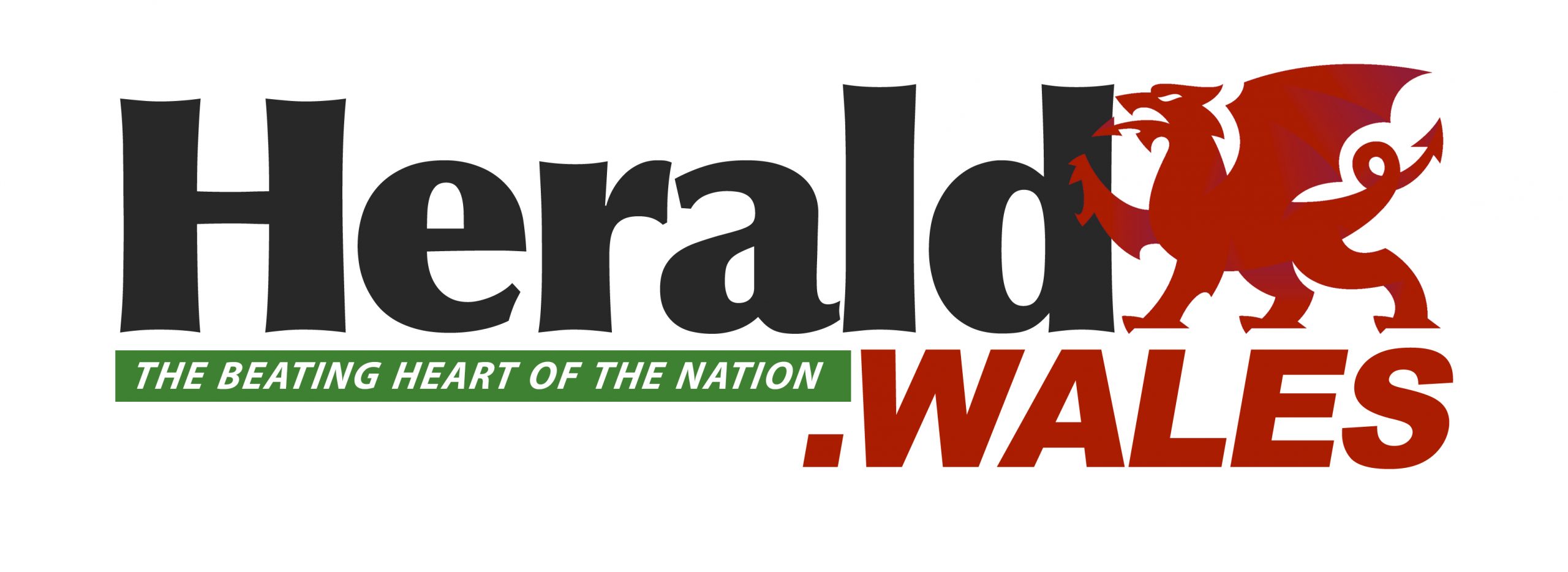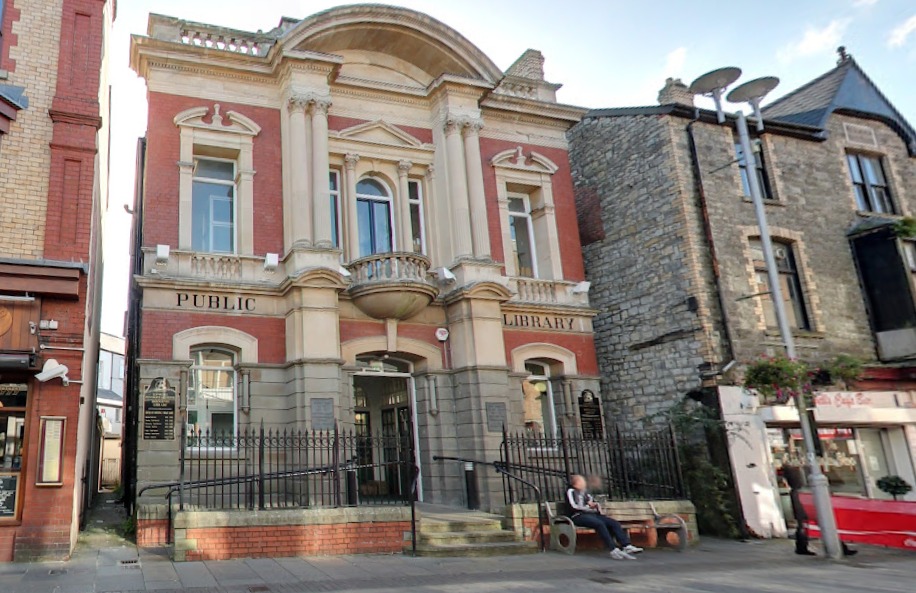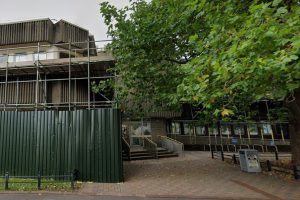BRIDGEND Town Council has published a feasibility study looking at options for the future of a Grade II-listed town centre building.
Carnegie House, in Bridgend town centre, is more than 100 years old and was previously used as a public library as well as Bridgend Town Council’s chamber and staff offices.
It was first acquired by the town council in 2014 after a community asset transfer from Bridgend County Borough Council.
It was later refurbished with a series of grants from the Heritage Lottery and the Arts Council of Wales, and is currently used as an arts and cultural hub, where a range of classes, talks and exhibitions take place.
However, the recently published report said since the Covid-19 pandemic hit, attendance at the centre has dropped.
This was said to have had a “knock-on effect on income”, putting additional strain on the town council’s finances as it subsidises the arts centre in order to keep it open.
The feasibility study has since been carried out to establish “how the building can be put to best use within the confines of the agreed community uses”.
Findings came from a mixture of interviews with key stakeholders and residents and showed there was strong community support for the building, with almost 600 people responding to a survey.
These responses showed interest in expanding what Carnegie House has to offer, with things such as film nights, musical shows, themed evenings and heritage exhibitions – though it also highlighted a need to improve the promotion and advertising of such events.
A consultation over the design of the building discussed the potential for physical enhancements at the site, with a possibility to look at increasing the capacity of the building’s main hall on the ground floor from 60 to 220 people.
This would also see the Bridgend and District History Society relocated to an office on the first floor, with the former council chamber transformed in to a multi-purpose space.
Other changes from the proposals included improved toilets, storage, heating and fire escapes, as well as an “atrium or glass entrance to improve visibility”.
The report read: “The proposals aim to revitalise the venue by improving accessibility, increasing audience capacity, and removing physical barriers to engagement.
“While modifications to a Grade II-listed building require careful consideration, the proposed interventions have been designed to minimise heritage impact while ensuring Carnegie House remains a viable cultural hub.”
It added costs for the proposals could be between £468,000 and £550,000, though a further estimate said if the site eventually lived up to its potential, it could generate just shy of £140,000 per year.















